Juan Gris (1887-1963)
Pierre-Auguste Renoir (1841-1919)
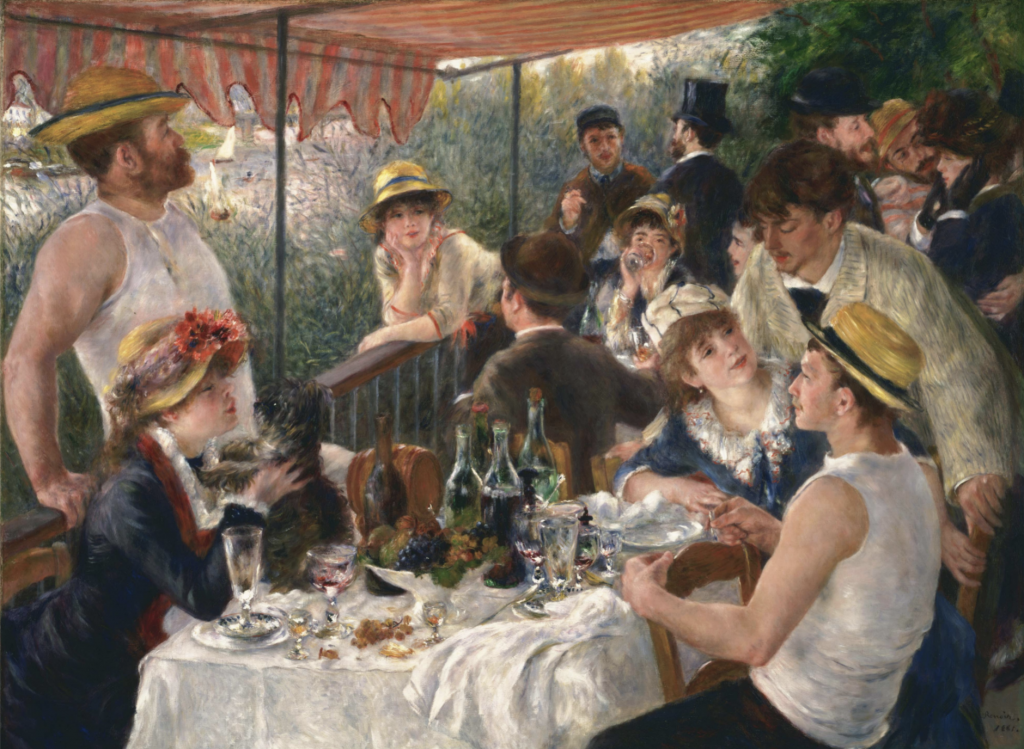
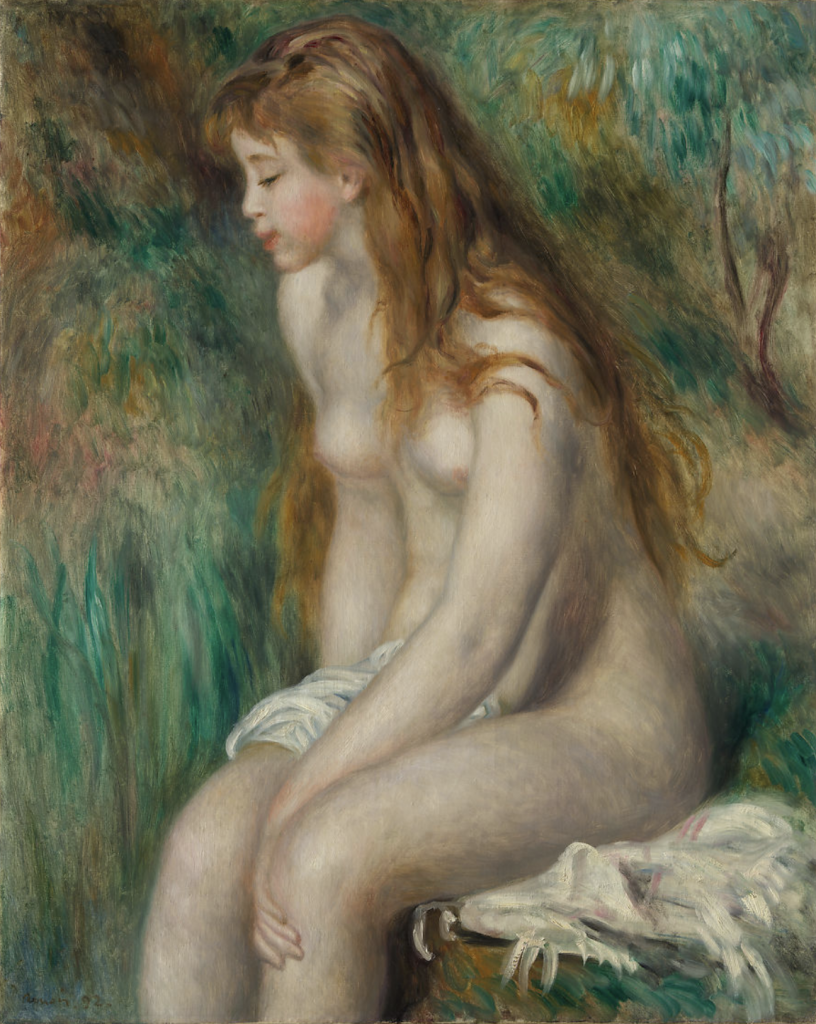
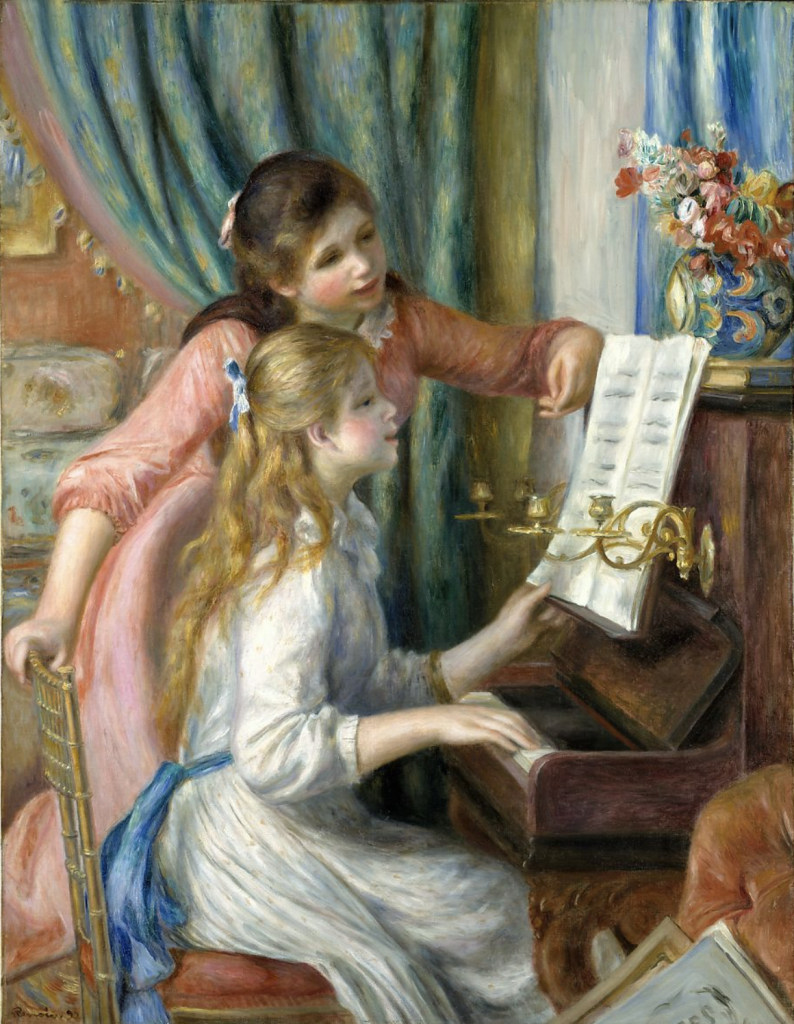
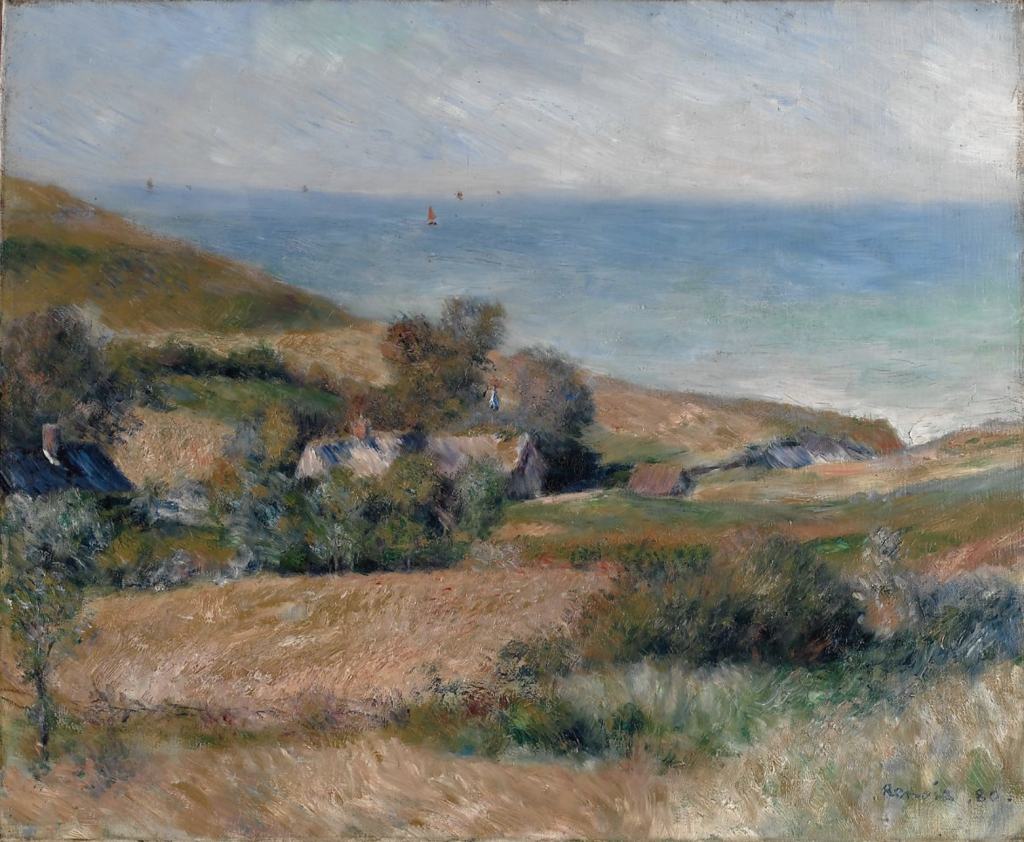
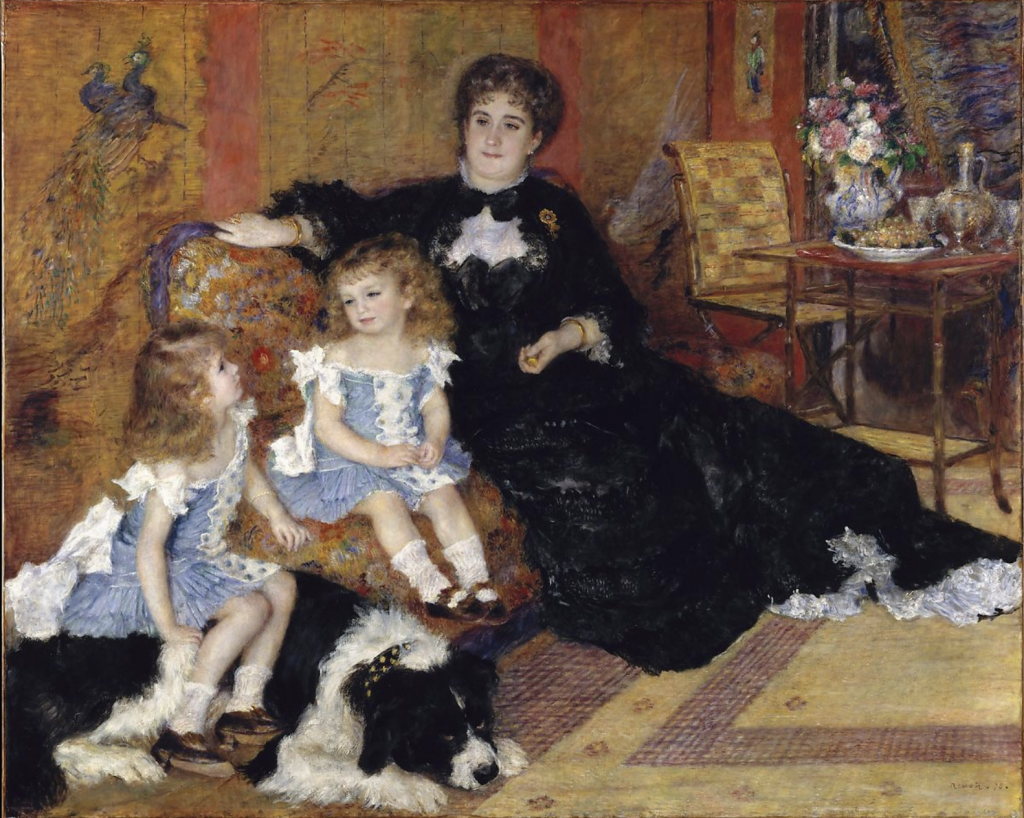

Born in Limoges, France, this French painter was originally associated with the Impressionist movement. Renoir’s earlier works were typically Impressionist pictures of real life, being full of sparkling colour and light. However, around the mid-1880’s he had branched away from the movement to apply more of a formal technique to portraits, nudes, and figure paintings, particularly with women.
Not only was he a painter, but he was also a founding member of the impressionist movement, he ceased to exhibit with the group after 1877. Renoir developed a monumental, classically inspired style that influenced avant-garde giants such as Pablo Picasso. Renoir painted alongside Monet at La Grenouillère. I think their sketch-like technique of broad, loose brushstrokes and their brightened palette attempted to capture the effects of the sun streaming through the trees on the shimmering, rippling water. As soon as I saw his style and his works, I fell in love with them.
Francesco Guardi: 1712-1793
Neoclassicism, Romanticism, & Rococo
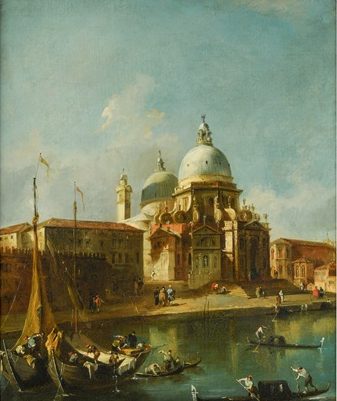
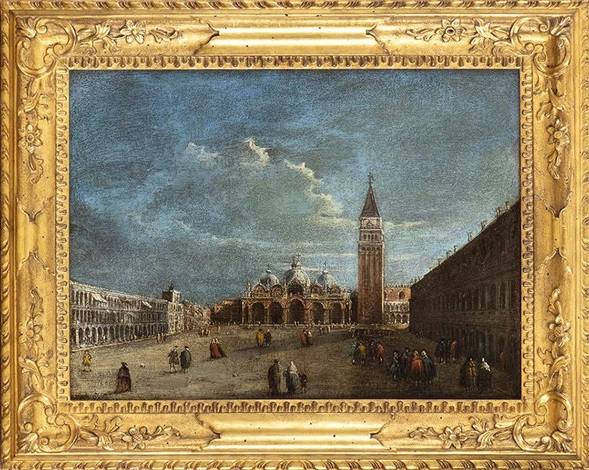
Veduta di Piazza San Marco – Francesco Guardi
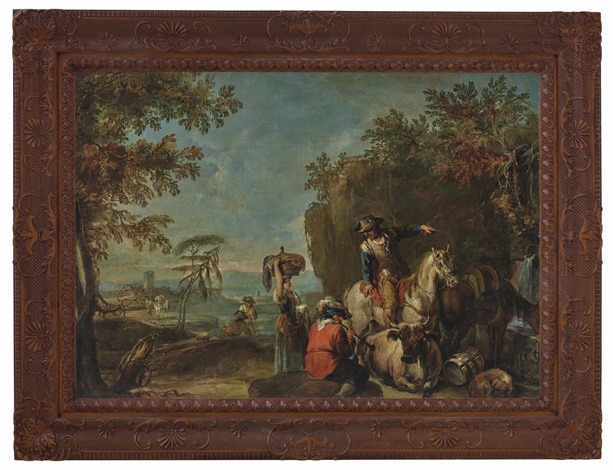
A rider, a laundress and a musician at a fountain – Francesco Guardi


Venetian Piazzetta – Francesca Guardi
Francesco Guardi, born into a family of artists in Venice, Italy 1712. He was a refined Italian painter, very well known for his outstanding Venetian Landscape paintings throughout the Rococo period. Francesco as an individual artist had not initially gained his own reputation until the 20th century, since he was associated with his family’s workshop.
Guardi started to really focus his studies at the workshop of Michele Marieschi. This studio is where his first works in the Vigo di Fassa were painted. While in Marieschi’s workshop, he also worked alongside his brother Gian Antonio, who ran the family studio. Together they painted religious works, but it wasn’t until his brothers’ death that Guardi began to create his Veduta paintings.
I personally love his works because as his style evolved, Guardi embraced a more free-hand approach to his cityscapes in comparison to the common style of spatial detailing, which is a style I take on with my pieces. I feel that this loose style he portrays is atmospheric in a way that still captures the mood and the essence of the views of Venice.
Artnet.com, http://www.artnet.com/artists/francesco-guardi/.
“Francesco Guardi.” Wikipedia, Wikimedia Foundation, 2 Mar. 2021, https://en.wikipedia.org/wiki/Francesco_Guardi.
“Francesco Guardi.” Artist Info, https://www.nga.gov/collection/artist-info.1363.html.
“Francesco Guardi.” Encyclopædia Britannica, Encyclopædia Britannica, Inc., https://www.britannica.com/biography/Francesco-Guardi.
Giovanni Bellini (1430-1516)

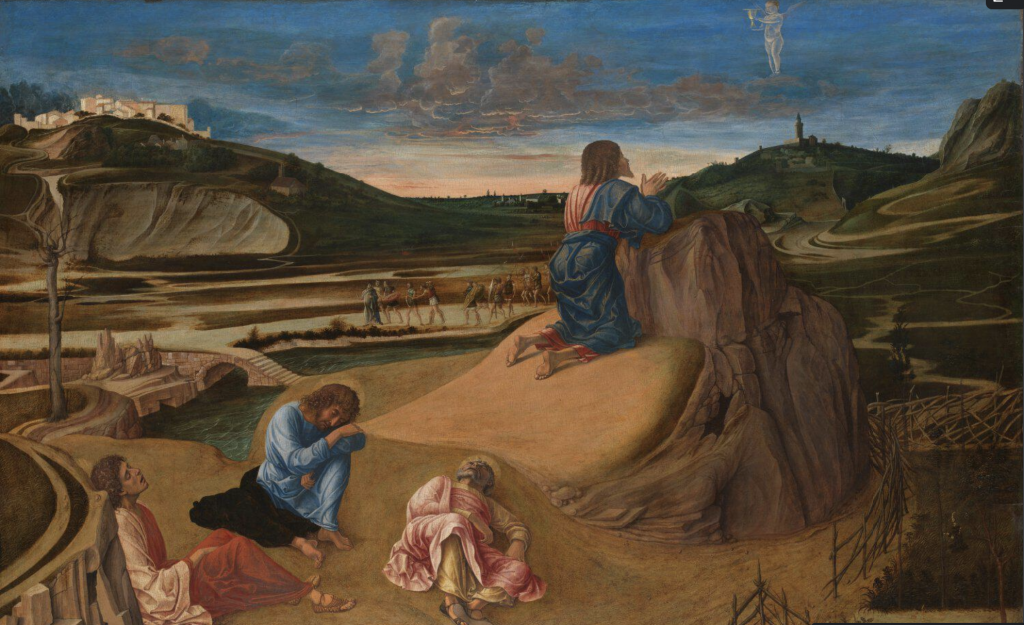
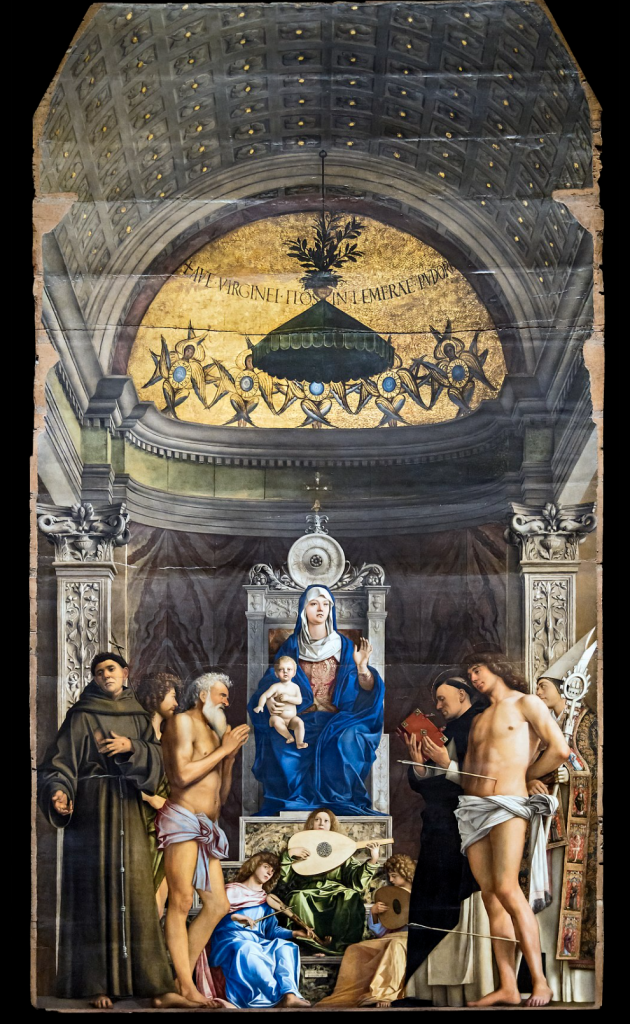
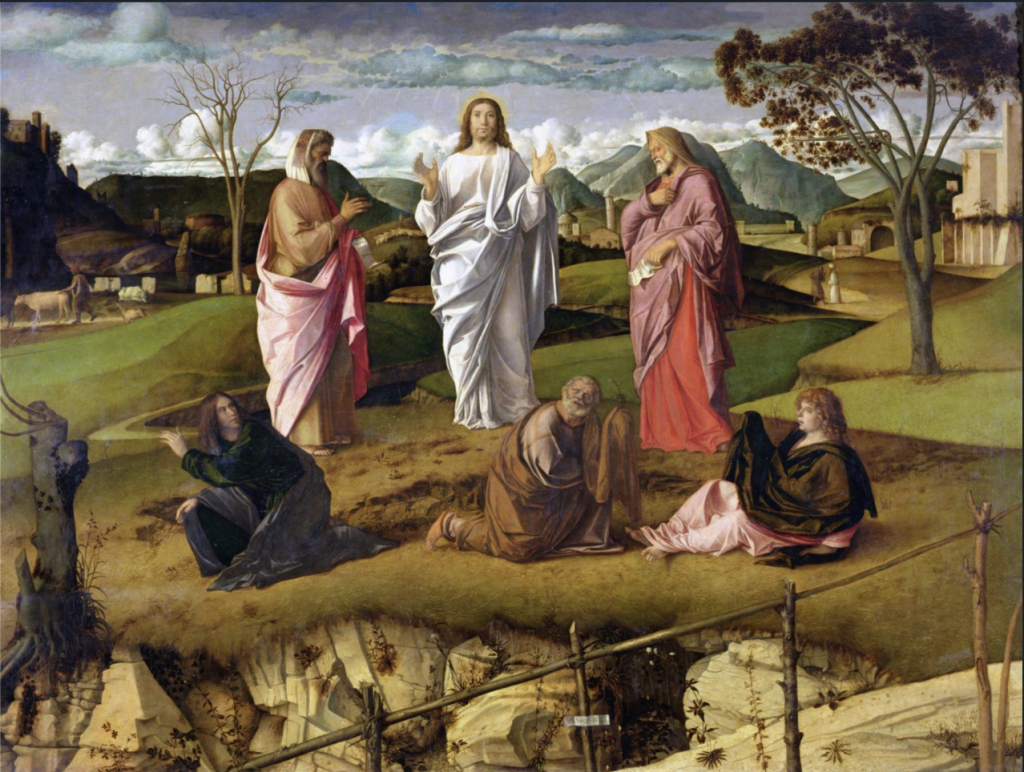
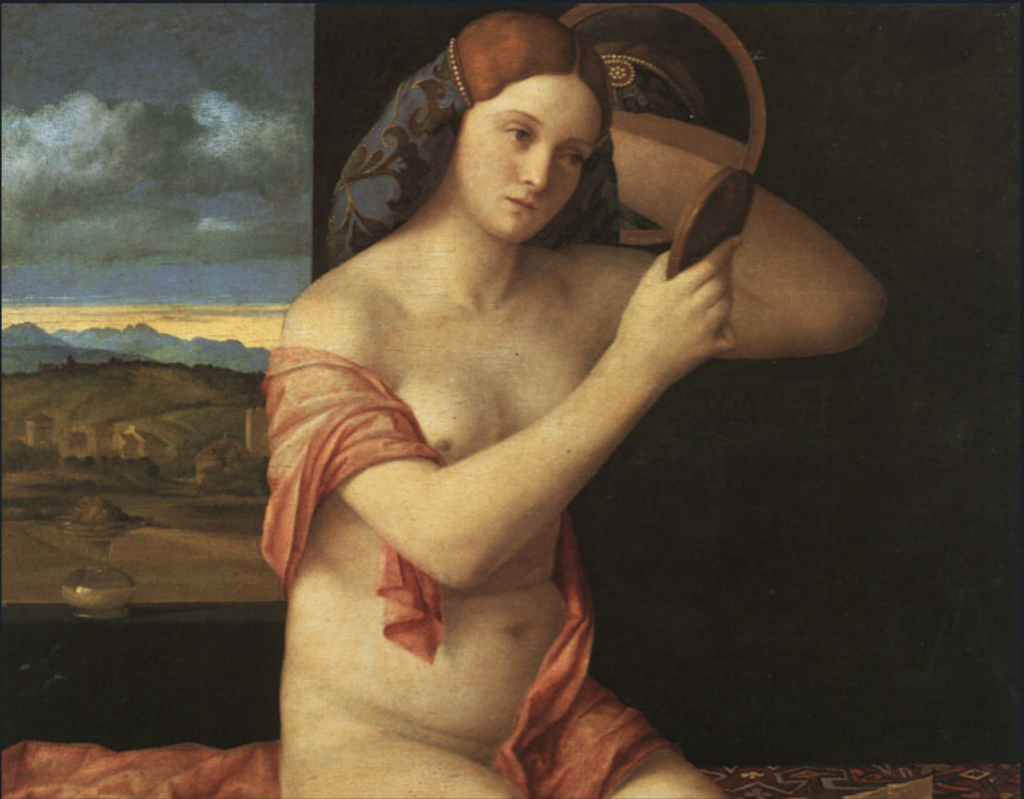
Giovanni Bellini, born in Venice, Italy in 1430 and died in 1516. Bellini, being one of the most influential artists of Venetian lived and worked in Venice all his life. He had the honour of being born into the Bellini family of Venetian painters. He created his paintings using the old tempera method during the early period.
Inspired by the late gothic style of his father and other painters within the family, he went on to paint his early Madonnas and landscapes. Giovanni creates much expression in using elaborate line structure while painting landscapes, however, an even grander part is expressed by the colours of dawn, in their pure brilliance and in the reflected light within the shadows he creates. Giovanni is recognized for involving new ideas and methods portraying natural light. An example of his utilization of natural light is seen in his piece ‘The Agony in the Garden”.
He created many of the first series of Venetian landscape scenes that kept progressing for around a century or more. Giovanni Bellini contributed to the renaissance in a way that he established a distinct fashion of High Renaissance painting, based on a more lavish, colouristic style.
The National Gallery, London. “Giovanni Bellini.” The National Gallery, https://www.nationalgallery.org.uk/artists/giovanni-bellini.
“Giovanni Bellini.” Wikipedia, Wikimedia Foundation, 31 July 2021, https://en.wikipedia.org/wiki/Giovanni_Bellini.
“Giovanni Bellini (1430-1516).” Giovanni Bellini: Italian Renaissance Painter, Founder of Venetian School, 2020, http://www.visual-arts-cork.com/old-masters/giovanni-bellini.htm.




